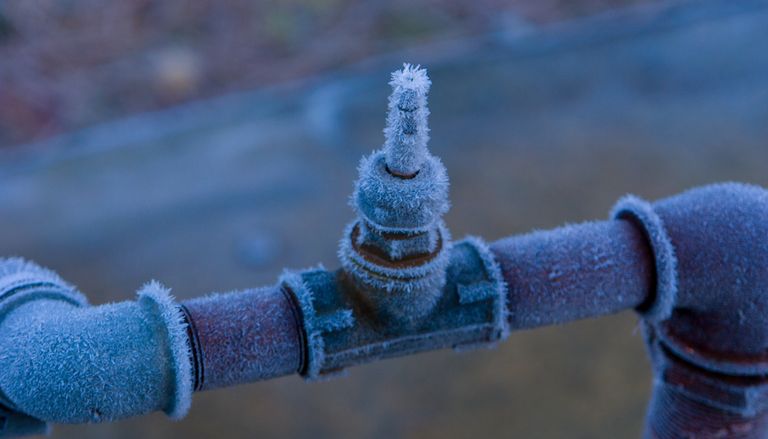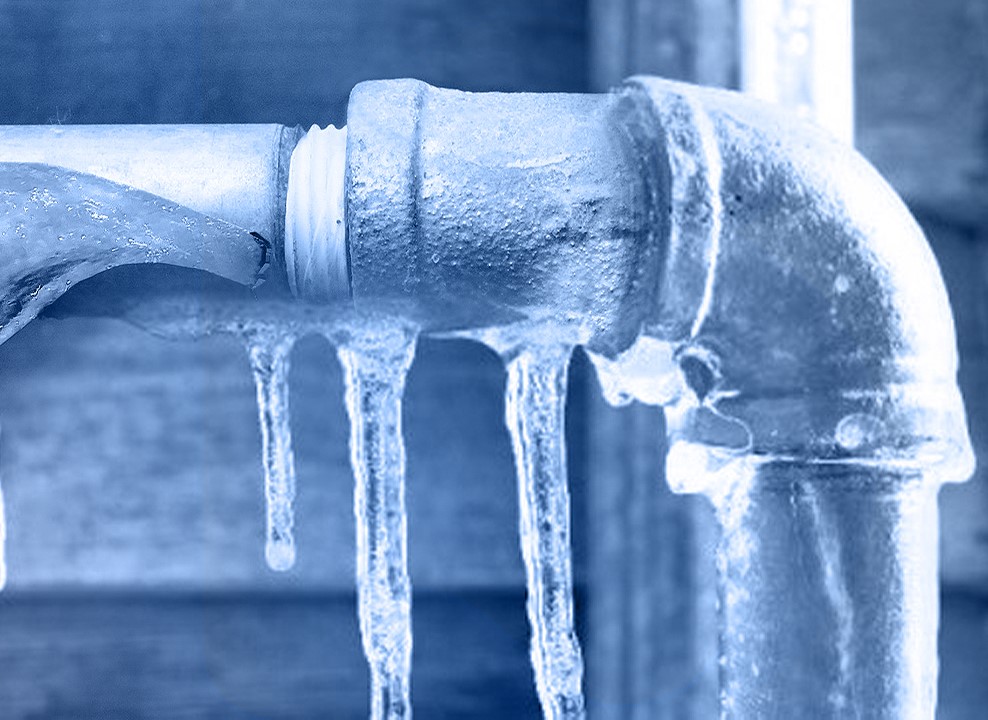Avoiding Frozen Plumbing in Winter: Expert Strategies
Avoiding Frozen Plumbing in Winter: Expert Strategies
Blog Article
They are making a number of great pointers relating to How to Prevent Your Pipes From Freezing overall in the article followed below.

Winter can wreak havoc on your pipes, particularly by freezing pipelines. Here's exactly how to prevent it from occurring and what to do if it does.
Intro
As temperatures decrease, the risk of icy pipelines boosts, potentially causing pricey repair work and water damage. Recognizing how to prevent frozen pipes is vital for home owners in cool climates.
Prevention Tips
Shielding prone pipes
Cover pipes in insulation sleeves or use warmth tape to safeguard them from freezing temperature levels. Concentrate on pipes in unheated or outside areas of the home.
Heating techniques
Keep indoor spaces sufficiently heated, particularly locations with plumbing. Open up cabinet doors to enable warm air to flow around pipelines under sinks.
How to determine frozen pipes
Try to find lowered water circulation from taps, unusual smells or noises from pipelines, and visible frost on revealed pipelines.
Long-Term Solutions
Structural adjustments
Take into consideration rerouting pipelines far from exterior walls or unheated locations. Include extra insulation to attic rooms, cellars, and crawl spaces.
Updating insulation
Purchase high-grade insulation for pipelines, attic rooms, and walls. Proper insulation aids keep regular temperature levels and minimizes the risk of icy pipes.
Securing Outdoor Pipes
Yard hose pipes and outside faucets
Disconnect and drain pipes garden hoses prior to winter season. Mount frost-proof spigots or cover exterior faucets with protected caps.
Understanding Frozen Pipes
What creates pipes to freeze?
Pipelines ice up when exposed to temperature levels listed below 32 ° F (0 ° C) for extended periods. As water inside the pipes ices up, it increases, putting pressure on the pipe walls and potentially triggering them to rupture.
Threats and problems
Icy pipelines can bring about water supply disruptions, residential property damages, and costly repair services. Ruptured pipes can flood homes and create considerable architectural damages.
Signs of Frozen Pipes
Identifying frozen pipes early can stop them from breaking.
What to Do If Your Pipelines Freeze
Immediate actions to take
If you think icy pipes, keep faucets open up to alleviate stress as the ice melts. Utilize a hairdryer or towels soaked in warm water to thaw pipes gradually.
Final thought
Stopping icy pipes needs aggressive actions and fast feedbacks. By recognizing the reasons, indicators, and safety nets, house owners can secure their plumbing during cold weather.
5 Ways to Prevent Frozen Pipes
Drain Outdoor Faucets and Disconnect Hoses
First, close the shut-off valve that controls the flow of water in the pipe to your outdoor faucet. Then, head outside to disconnect and drain your hose and open the outdoor faucet to allow the water to completely drain out of the line. Turn off the faucet when done. Finally, head back to the shut-off valve and drain the remaining water inside the pipe into a bucket or container. Additionally, if you have a home irrigation system, you should consider hiring an expert to clear the system of water each year.
Insulate Pipes
One of the best and most cost-effective methods for preventing frozen water pipes is to wrap your pipes with insulation. This is especially important for areas in your home that aren’t exposed to heat, such as an attic. We suggest using foam sleeves, which can typically be found at your local hardware store.
Keep Heat Running at 65
Your pipes are located inside your walls, and the temperature there is much colder than the rest of the house. To prevent your pipes from freezing, The Insurance Information Institute suggests that you keep your home heated to at least 65 degrees, even when traveling. You may want to invest in smart devices that can keep an eye on the temperature in your home while you’re away.
Leave Water Dripping
Moving water — even a small trickle — can prevent ice from forming inside your pipes. When freezing temps are imminent, start a drip of water from all faucets that serve exposed pipes. Leaving a few faucets running will also help relieve pressure inside the pipes and help prevent a rupture if the water inside freezes.
Open Cupboard Doors
Warm your kitchen and bathroom pipes by opening cupboards and vanities. You should also leave your interior doors ajar to help warm air circulate evenly throughout your home.

I came across that write up about Helpful Tips to Prevent Frozen Pipes this Winter when doing research the web. Sharing is nice. You never know, you might be helping someone out. I treasure your readership.
Learn More Report this page